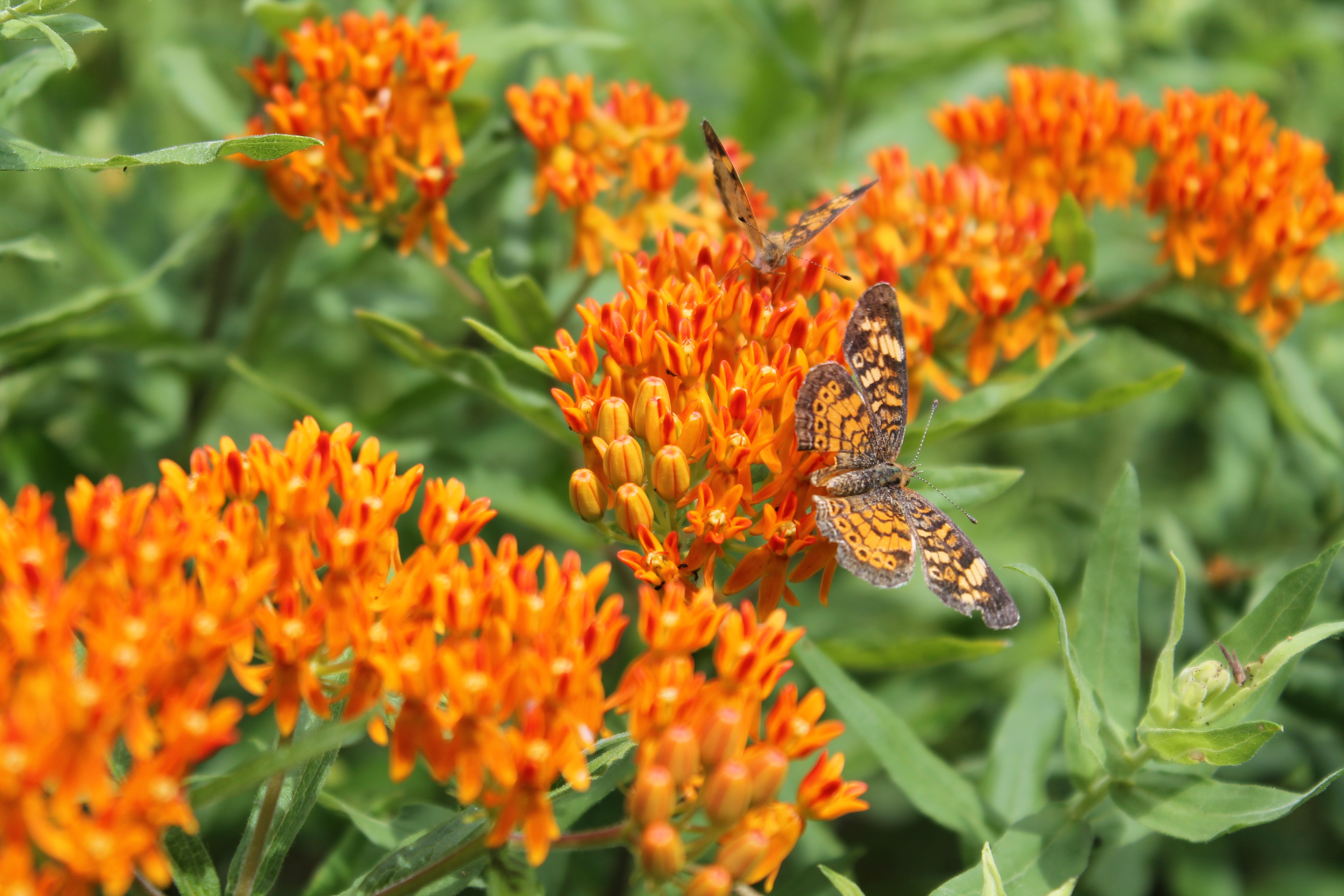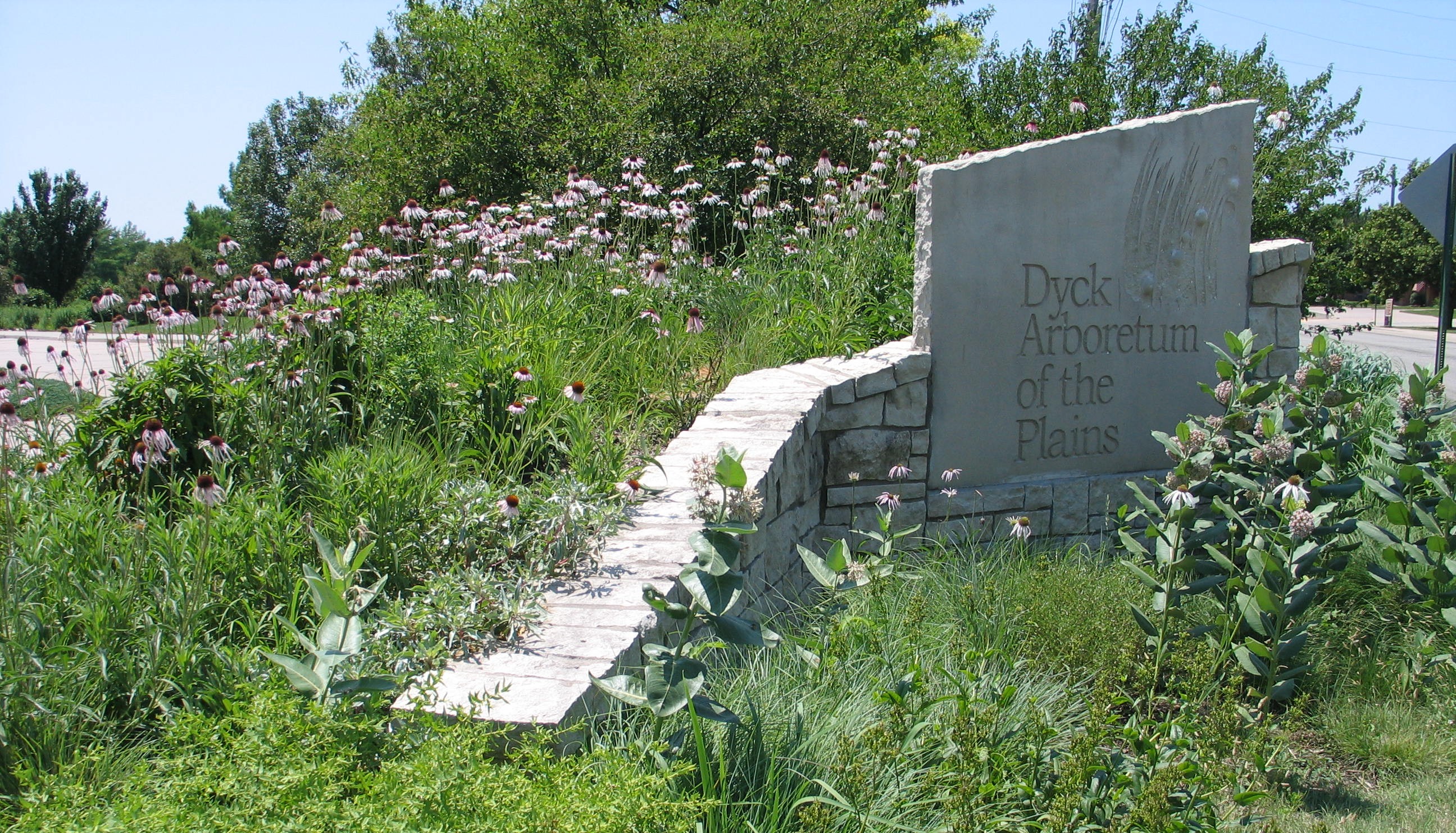I have people ask me all the time at our FloraKansas plant sale if fall is a good time to establish plants. My answer is “Yes, it is a GREAT time to plant!” In fact, it’s a perfect time to plant just about anything other than annuals, but especially trees and shrubs. (Be sure to download our TREE COUPON and bring it with you to FloraKansas.)
I don’t know why this fall planting message is not resonating with all gardeners. We may be worn out from managing the plants we installed in the spring or we are busy with other things and not focused on what our gardens will need to be ready for next year. Whatever the reasons, experience tells me that you will be rewarded for working on your landscape this fall. Here are five reasons why:
#1 Warm Soils
Because the soil is still warm from the summer, the roots will continue to develop until the first frost. In our area, this occurs around mid-October. However, trees and shrubs will root until the ground freezes. In the spring, these plants will have developed root systems that are actively growing and ready to produce flowers and survive the hot summer months. Two years ago, we planted twenty-five butterfly milkweed and twenty-three survived the winter. All of these plants bloomed again this summer.
#2 Reduced stress
Transplanting causes stress on plants as they are introduced to a new environment. This shock is reduced by planting in the fall because the plant is entering dormancy. The growth is moving from above ground to below ground and root systems are storing energy reserves for next year. Fall transplants have this vital time for root development before winter. Transplanting in the spring, on the other hand, causes additional stress and plants may hardly recover from transplant shock before the demands of summer set in. The overall plant health is improved for next year by starting with transplanting this fall.
#3 Less weed competition
We have found that when planting in September there are fewer problems with weeds such as crabgrass and foxtail. Transplanting in fall allows plants to get a head start for next season without competing with problematic weeds. Remember to mulch around the plants after the first freeze to help moderate soil temperatures, control winter annual weeds such as henbit, and hold soil moisture through the winter. Keep mulch away from the base of plants to allow proper air exchange.
#4 Fewer Pests
All those pesky bugs are less active in the fall. They are not nibbling or sipping on your plants. With their life cycles nearly complete, they are looking for homes to survive the winter. Fewer bugs means less-stressed plants that will have a chance to get properly rooted.
#5 Beneficial Rains
Warm days and cool nights provide an ideal environment for transplanting and growth. Typically, fall brings many cool, cloudy days with frequent precipitation. Warm sunny days can cause stress on new transplants. Cooler nights and morning dew allow plants to recover each night. Beneficial autumn rains will eliminate some daily watering.
Here at the Arboretum, we prefer to plant in the fall because we have more time and have seen the benefits first hand. We are usually very busy in the spring readying the gardens. It is nice to see plants that were started in the fall jumping to life and even blooming that next year. As an encouragement to plant trees this fall, bring this TREE COUPON to the sale to receive an additional discount.
Whenever you plant, whether spring or fall, the ultimate goal is to create a landscape you can enjoy. If you need some ideas to get you started, check out these sample landscape designs and our 2016 Native Plant Guide.


